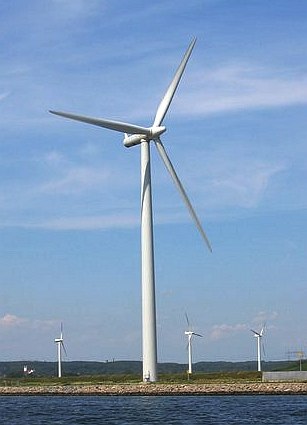Despite the fact that NRG/Toshiba (formally know together as NINA) has been unsuccessful in their multi-year efforts to expand by two units, the South Texas “Nuclear” Project (STP) – the process for their Combined License (COL) is proceeding.
An Atomic Safety and Licensing Board (ASLB) panel will hear oral argument and conduct an evidentiary hearing, beginning Aug. 17 in Austin, Texas which will begin at 9:30 a.m. CDT, in Room 2210, Building F of the Campus of the Texas Commission on Environmental Quality, 12100 Park 35 Circle in Austin. The session is open for public observation, but participation will be limited to the parties admitted to the proceeding (Sustainable Energy and Economic Development Coalition, the South Texas Association for Responsible Energy, Public Citizen, the applicant – Nuclear Innovation North America (NINA) – and NRC staff).
The ASLB is the independent body within the Nuclear Regulatory Commission (NRC) that presides over proceedings involving the licensing of civilian nuclear facilities, such as nuclear power plants.
The South Texas Project COL application was submitted Sept. 20, 2007, the first such application in the United States in nearly 30 years. STP was seeking permission to construct and operate two new nuclear reactors at the site near Bay City, Texas. The ASLB granted intervenor status and an opportunity for a hearing to the Sustainable Energy and Economic Development Coalition, the South Texas Association for Responsible Energy, and Public Citizen. The groups have submitted objections, or contentions, challenging the COL application, most recently regarding the question of whether NINA meets NRC requirements prohibiting foreign ownership, control or domination of a nuclear facility in the U.S.
Over the past four years, this project has experienced:
- An increase in their estimate to build the new units from 5.6 billion dollars to over 18 billion dollars
- A major pull back by their local partner, San Antonio’s CPS from a 50% ownership to 7%
- A struggle to find new partners with the only interest from TEPCO – the operators of the doomed Fukushima Dai-ichi plant and the Bank of Japan,
- The melt through of the Fukushima Dai-ichi plant following the earthquake and tsunami that devastated Japan’s eastern coast and subsequently caused the meltdown of the nuclear industry throughout the world.
We would encourage any interested to attend. Early arrival each day is suggested to allow for security screening for members of the public attending. NRC policy prohibits signs, banners, posters or displays in the hearing room at any time during the proceeding.
Individuals or groups not admitted to the proceeding can submit “written limited appearance statements” to the ASLB. Anyone wishing to submit a written statement may do so by email to hearingdocket@nrc.gov, by fax to (301) 415-1101, or by mail to: Office of the Secretary, Attn. Rulemaking and Adjudications Staff, U.S. Nuclear Regulatory Commission, Washington, DC 20555-0001. In addition, copies of written statements should be sent to the Chairman of the Licensing Board by e-mail to Michael.Gibson@nrc.gov and Jonathan.Eser@nrc.gov; by fax to (301-415-5599), or by mail to: Administrative Judge Michael M. Gibson, Atomic Safety and Licensing Board Panel, Mail Stop: T-3F23, U.S. Nuclear Regulatory Commission, Washington, DC 20555-0001.
Documents related to the South Texas Project COL application are available on the NRC website. Documents pertaining to the ASLB proceeding are available in the agency’s electronic hearing docket. More information about the ASLB can be found at the NRC website.
NOTE: Anyone wishing to take photos or use a camera to record any portion of a NRC meeting should contact the Office of Public Affairs beforehand.
Read Full Post »








